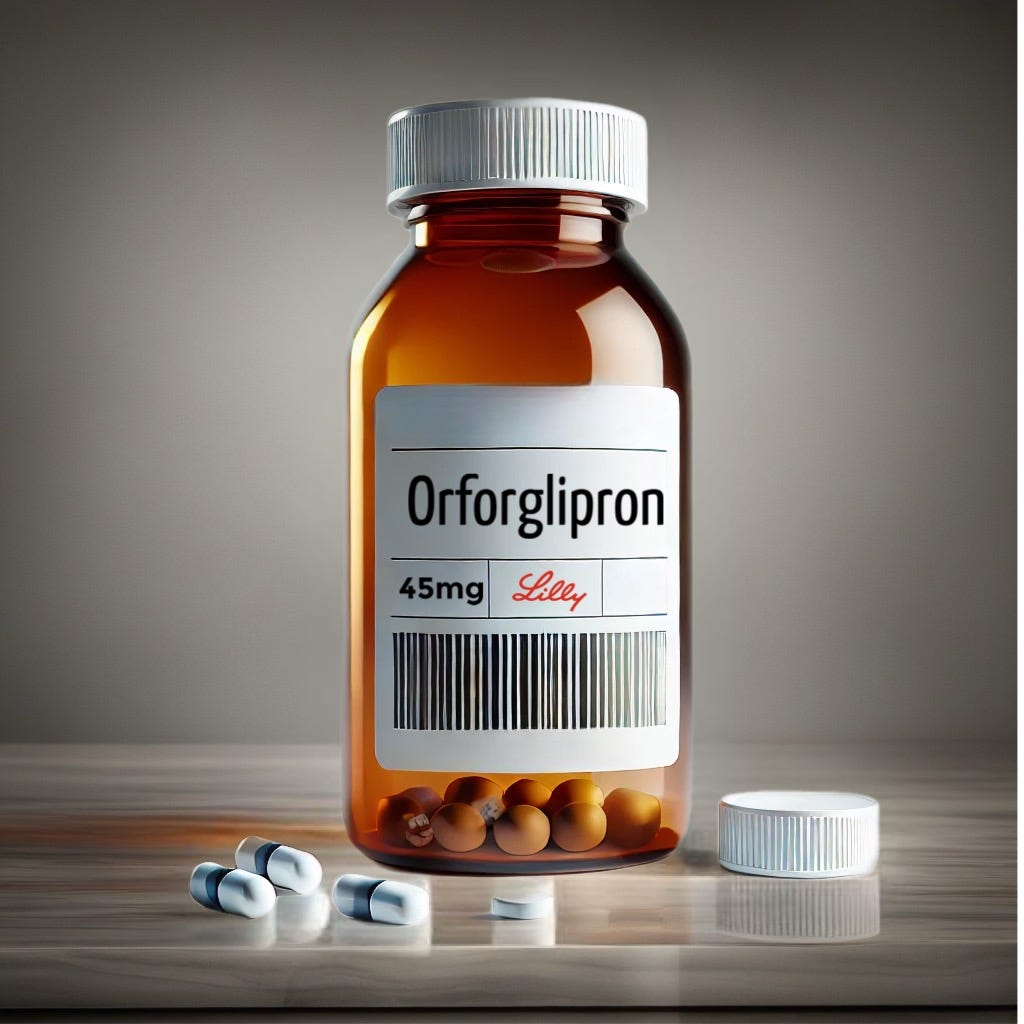It’s easy to get jaded by incremental updates in the GLP-1 space, but Eli Lilly’s presentation at ADA 85 today marks something bigger. With the full data from its ACHIEVE-1 trial now public, Lilly has made it clear: orforglipron isn’t just real, it’s ready.
The trial followed adults with type 2 diabetes and poor glycemic control. Orforglipron led to average A1C reductions of 1.3 to 1.6 points from a baseline of 8.0. That’s table stakes for GLP-1s. But what moved the needle was weight loss. At the top 36 mg dose, participants dropped 16 pounds on average, or about 7.9 percent of their body weight. That’s nearly identical to the outcomes Lilly teased earlier this year, and nearly identical to what Novo Nordisk saw with its high-dose oral semaglutide (25 and 50 mg) in the PIONEER PLUS trial.
But unlike Novo’s pill, orforglipron isn’t fighting for factory time. It’s a small molecule, not a peptide. No cold storage, no competition with injectable supply, no rationing the active ingredient across five different products. That’s the piece most people miss. The win here isn’t just efficacy, it’s scalability.
And the timing could not be better for Lilly. With Pfizer officially abandoning danuglipron after a case of liver injury, there are no other small-molecule GLP-1s left in late-stage development. Orforglipron is running unopposed. And it’s not jogging.
Today’s update confirms what we first covered in April: Lilly’s once-daily pill is likely to become the first oral GLP-1 to rival injectables in both outcomes and access. And remember, this was in people with type 2 diabetes, a population that tends to lose less weight. Obesity-specific data from the ATTAIN trials is coming in Q3, and those numbers are expected to be higher.
Lilly says it will file for FDA approval globally by the end of this year. A decision could land by mid 2026. But manufacturing is already underway. Millions of units are reportedly produced. They’re not waiting around.
If the ATTAIN data hits the way we think it will, orforglipron might not just be an oral alternative. It could be the alternative for patients who can’t access injectables, don’t want them, or who live in parts of the world where injectable supply is still locked behind price, policy, or logistics.
Lilly took a gamble on small molecules when the world was chasing peptides. They’re about to get paid.






Just curious if you happen to know: does Orforglipron have the anti-inflammatory properties that are equivalent to glp1’s? After sustaining weight loss, that’s my priority with my meds these days.